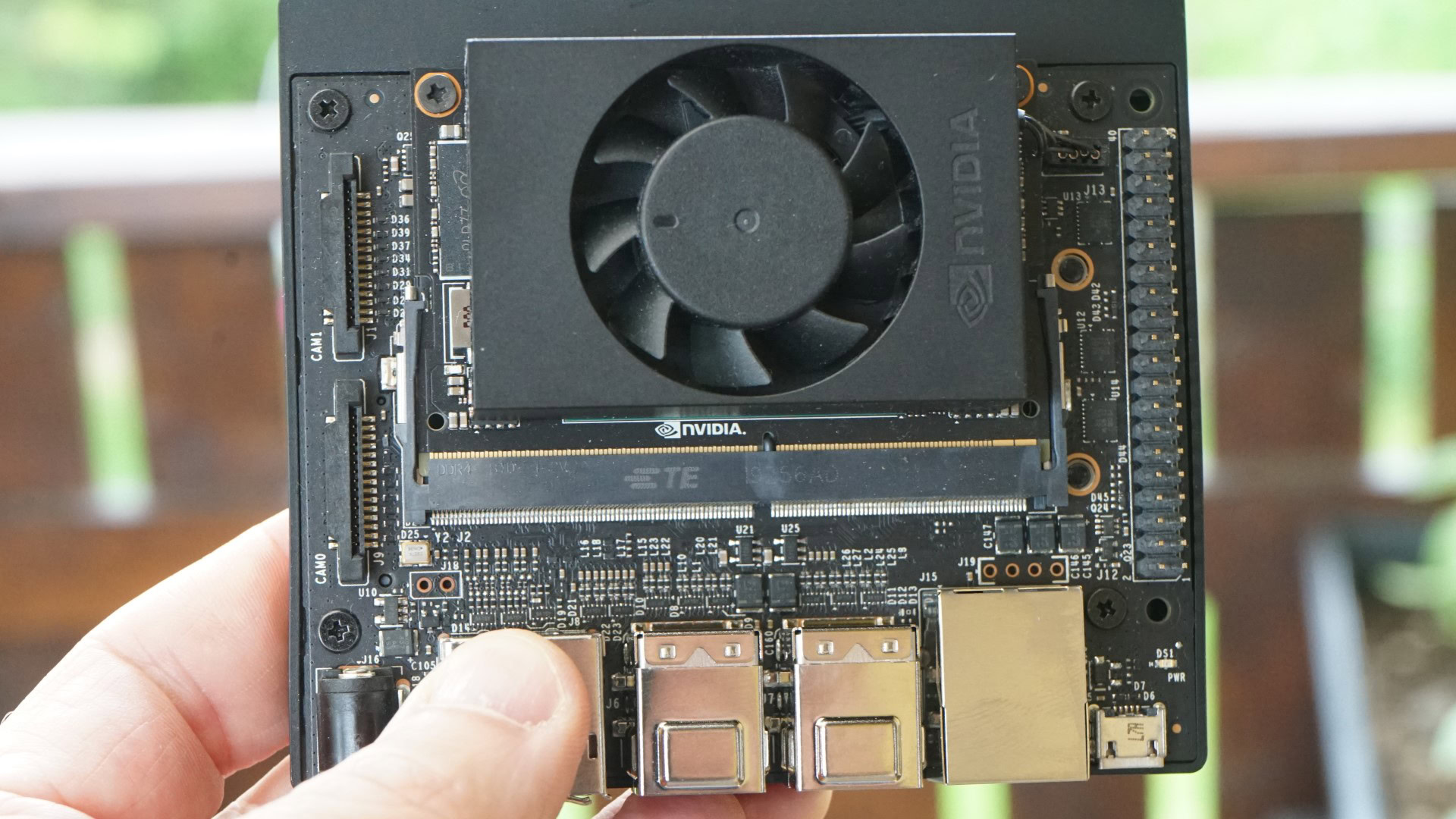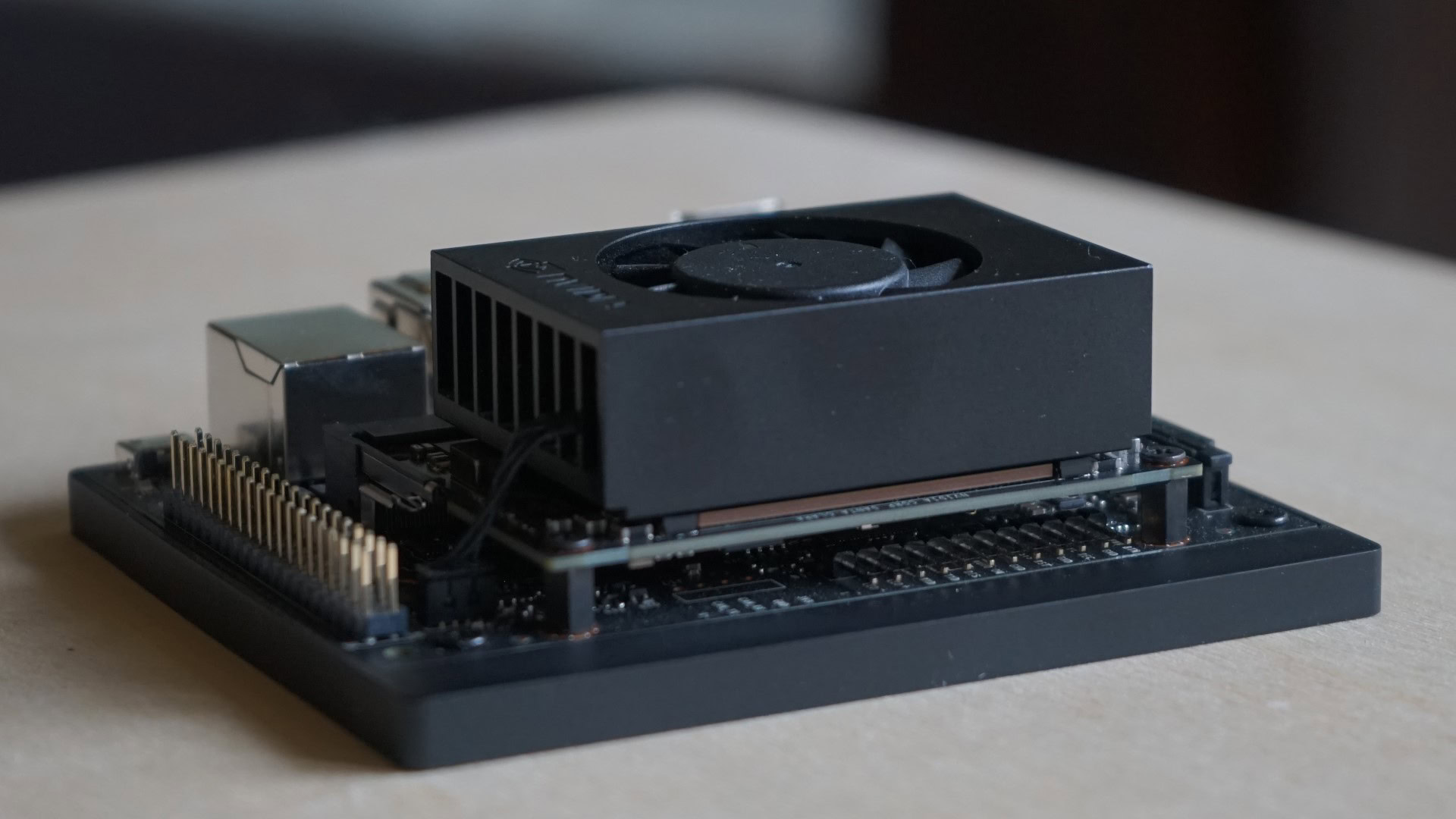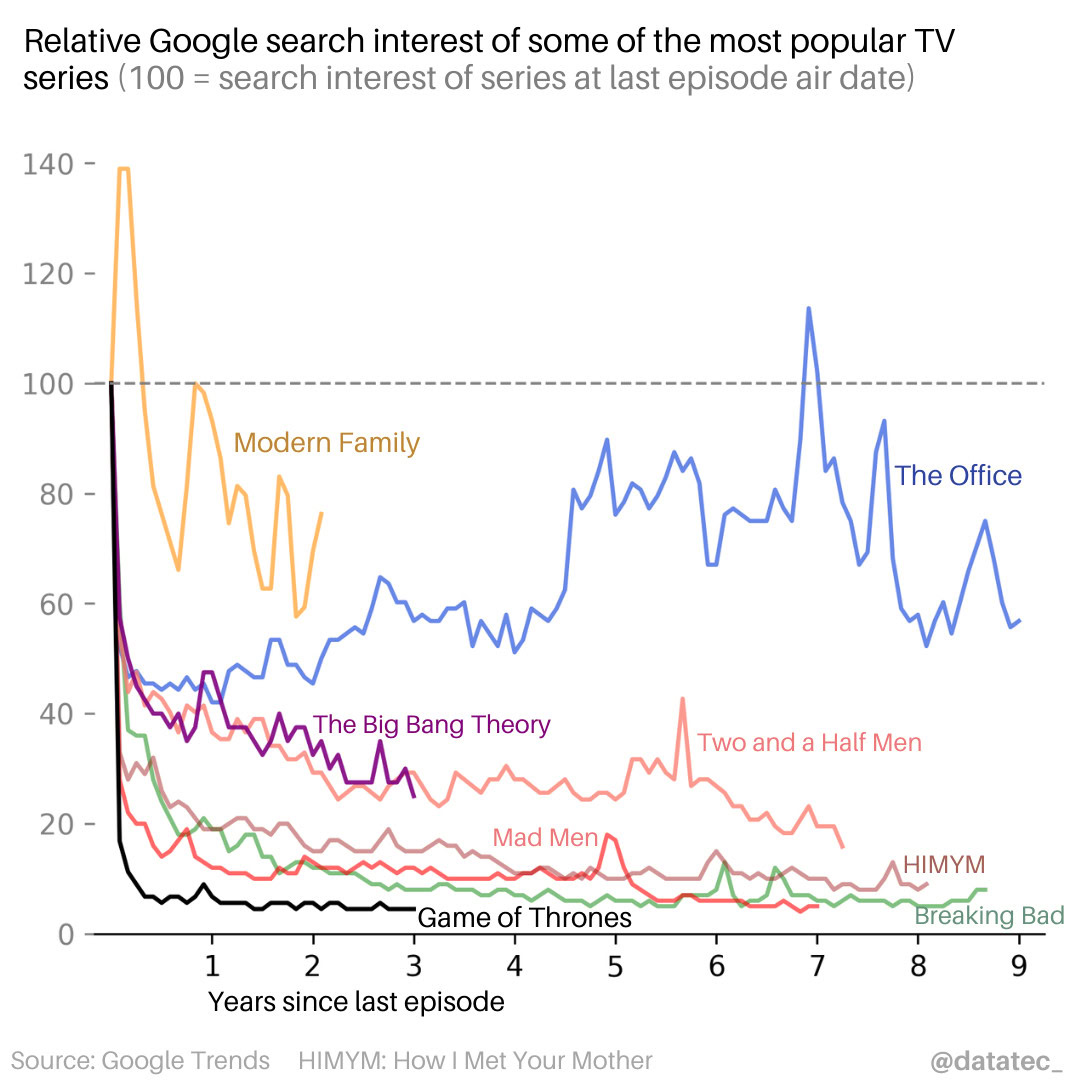Affiliate links on Android Authority may earn us a commission. Learn more.
Daily Authority: 🧊 Keeping cool
Published onMay 24, 2022

📈 Good morning! Keep reading for a good chart on TV interest after finales.
Cooling down our hot chips

Faster chips keep getting hotter. As transistor density increases in CPUs and GPUs and clock speeds get higher, they’re getting hotter too.
- It’s a simplification but it’s not wrong.
- Power consumption and heat generation are two problems that never quite go away for processors, despite plenty of good progress in fab node sizes and generally more efficient chips.
- It’s a problem all over the industry: data centers (and Bitcoin mining operations!) spend a fortune on cooling. PC gamers have GPUs the size of a small dog to keep them cool; CPUs need meaty heatsink/fan operations.
- And in our world of smartphones, we’re seeing flagship chips able to perform at full speed for bare minutes before heat limitations cause throttling.
- Even the latest Snapdragon 8 Plus Gen 1 appeared to show peak performance falls after a few runs of benchmarking, indicating the very limits of all-glass sandwich phone form factors have been reached. (No active cooling = a lot of limitations.)
- (Hey, a great time to buy a slightly-less-bleeding-edge new phone.)
Maybe there’s something new coming:
- A new piece of research published in Nature Electronics takes the idea of slapping a large hunk of metal onto a chip to cool it further.
- One of the problems with using a metal-based heat spreader like copper or something like graphite is that it’s electrically conductive as well.
- Other shortcomings: the best solutions include diamond heat spreaders, but that’s not exactly cheap (!).
- And, the third major problem: if a device has a heat spreader and a heat sink (like a standard CPU) most of the heat is actually generated underneath the hot chip, meaning the cooling isn’t where it’s needed.
- So explained Science Daily, who talked to Tarek Gebrael, the lead author and a UIUC PhD student in mechanical engineering.
- Gebrael’s solution addresses all three problems — in theory!
Quotes:
“‘First, the primary material used is copper, which is relatively inexpensive. Second, the copper coating entirely “engulfs” the device,’ says Gebrael — ‘covering the top, the bottom, and the sides… a conformal coating that covers all the exposed surfaces — so that no heat-producing regions are neglected. Third, there is no need for a thermal interface material; the device and copper heat spreader are essentially one piece. Further, there is no need for a heat sink.’
“‘In our study, we compared our coatings to standard heat sinking methods,’ Gebrael says. ‘What we showed is that you can get very similar thermal performance, or even better performance, with the coatings compared to the heat sinks.’ Nevertheless, a device using the new solution is dramatically smaller than one using heat sinks, which are bulky. ‘And this translates to much higher power per unit volume. We were able to demonstrate a 740% increase in the power per unit volume.’”
Hm!
- Nice! Note that this is in early-stage, and the work continues, and we’ve been promised all kinds of wondrous cooling solutions in the past. (Speaking of, NVIDIA now has its own liquid cooling setup).
- In particular, checking the copper coating’s reliability and durability is crucial, because people use air cooling, water cooling, and so on, so it needs to stand up across all kinds of scenarios, and dielectrics.
- Some fun bits: ARPA-E is funding the research, and the copper coating approach was taken as recommended by the “Marvell Nanofabrication Laboratory.” (It’s all extremely complex: try reading the nine pages of the study. It is not fun!)
- But if this or research like this can keep our smartphones nice and cool (let alone everything else in computing), it could be a substantial change to the status quo.
Roundup
🤯 Samsung Galaxy S23, S24 to ditch Exynos chips for a few years, aiming for a re-release in 2025? That would be a very big deal (Android Authority).
📁 Motorola might be pulling out all the stops with its third-gen Razr foldable: flagship chip, better cameras (Android Authority).
⌚ The Google Pixel Watch may ship with USB-C charging: usual magnetic puck, but with a USB-C connection (Android Authority).
📺 Google TV finally gets individual profiles after multiple false starts (Android Authority).
📌 Google Maps’ historical Street View imagery comes to mobile (The Verge).
👻 Canaries in the coal mine keep falling silent: Snap plans to slow hiring, warns that revenue will grow slower than expected — stock dropped nearly 30% (The Verge).
🏠 Airbnb seems to have mostly quit China (CNBC).
📦 A Bloomberg report says Amazon now has too much warehouse space after the pandemic and subsequent downturn and might be sub-leasing as much as “10 million square feet” (PCMag).
👨✈️ The guy who apparently has flown more hours than anyone else in a 747 did an AMA (r/aviation).
👁 “Has there ever been a known case about your body’s immune system detecting your eyes separate immune system? And how does that whole thing work?” (r/askreddit)
Chart Tuesday
Here’s a relative chart showing the relative Google search interest in popular TV at their finale and really shows The Office is a really interesting outlier when it comes to TV:

- Though, as pointed out in the comments on this post, it’s also hard for Breaking Bad and Game Of Thrones to get anywhere near their peaks, given how anticipated the finales were.
- Ahem, Game Of Thrones. Ouch.
Cheers,
Tristan Rayner, Senior Editor.